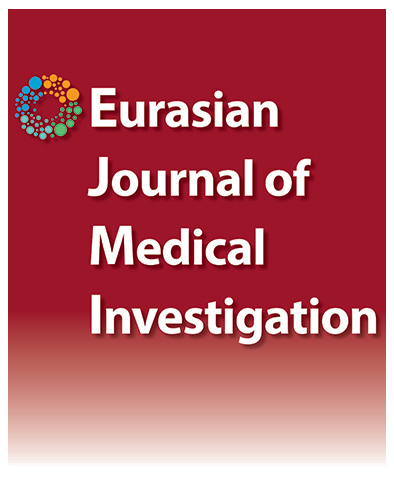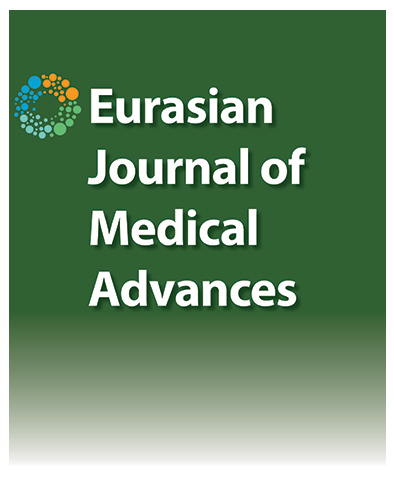The Relationship Between Spot Urinary Protein/Creatinine Ratio and HbA1C, Metabolic Parameters and Other Complications in Patients with Type 2 Diabetes
Şaban Seçmeler1, Emre Hoca2, Hayriye Esra Ataoğlu21Department of Medical Oncology, University of Health Sciences, Mehmet Akif İnan Training and Research Hospital, Şanlıurfa, Turkey2Department of Internal Medicine, University of Health Sciences, Haseki Training and Research Hospital, İstanbul, Turkey
Objectives: The purpose of the study was relationship between spot urinary protein/creatinin ratio and HbA1c, metabolic parameters and other complications in patients with type 2 diabetes.
Methods: The retrospective study was carried out in type 2 diabetes patients followed up for at least 2 years; during March 2016. Biochemical parameters in the last 3 visits were recorded. BMI, waist circumference and physical examination findings were recorded at the time of last visit. Patients were divided into groups according to their spot urine protein/creatinine ratios.
Results: This study was consisted of 198 patients, 113 females and 85 males. The mean age was 60.6±10.68. The total outpatient clinic follow-up time was 13.02±7.2 years in the entire patient group. In 198 patients evaluated, the average of HbA1c(first, second, last) and spot urine protein/creatinine ratios(first, second, last). There was an increase in both groups but no correlation was found between these increases. When urine protein/creatinine ratios of the last control were examined, the relationship between these rates and age, urea, creatinine, GFR, total cholesterol, triglyceride, HDL, LDL, AST, ALT, CRP, HbA1c values were investigated. When the patients were compared according to their spot urine protein/creatinine ratios being <150 mg/g and >150 mg/g; metabolic syndrome was detected 2,351 times (OR) higher in second group.
Conclusion: We found positive correlation between microalbuminuria and spot urinary protein/creatinine ratios. We also found a relationship between metabolic syndrome, frequency of retinopathy and spot urine protein/creatinine ratios.
Manuscript Language: English





